Increase Bifacial Rear-side Generation With Rail-based Racking
Adopting bifacial solar panels is becoming more prominent in the solar industry. As usage increases, studies reveal that mainstream racking solutions limit bifacial rear-side generation. At Aptos Solar Technology, we assist our customers in maximizing the performance of every bifacial solar panel we produce. In this blog, we will discuss the benefits that come with using a racking system designed specifically for bifacial solar panels.
Traditional Racking Solutions
Mainstream racking solutions are built with monofacial solar panels in mind. Most racking systems are designed with wind deflectors and brackets that run along the back side of the panels, with ballast blocks directly under the panels or between the PVs. This traditional design creates obstructions under the panels, which in turn will cause shadowing that prevents light from reaching the rear-side of the panel.
It is common for racking systems to maintain a low profile, but– for bifacial panels– a higher tilt and clearance with the roof will allow the rear-side of the panel to harvest more energy. While monofacial panels can operate unaffected in these racking conditions, bifacial solar panels can see a serious decrease in rear-side energy production when installed on traditional racking systems.
Keep Both Sides of the Bifacial Panel Exposed to Light
Maximizing the performance of bifacial panels relies on a simple concept: allow both sides of the panel to get as much exposure to light as possible.
Bifacial solar panels perform most efficiently when rail-based racking systems are used. These solutions work by placing rails along the perimeter of the solar panels, leaving the rear-side of the panel exposed to light and free of obstruction. Cables can be tucked along the rails minimizing the shading on the panels.
To get even more energy production from the rear-side of the panel, a racking system that allows to increase the tilt to at least 10° or 15° is preferred. In addition, a racking system that raises the height of the system up to 10″-24″ clearance at the front and that is designed to have larger interrow distance will also increase the bifacial gains.
Generate Up To 30% More Energy
When solar users choose bifacial technology for their panels, they increase their potential for energy generation by up to 30% –making the choice to use an optimized racking system the best investment for users who want to increase energy production and increase the return for their investment.
